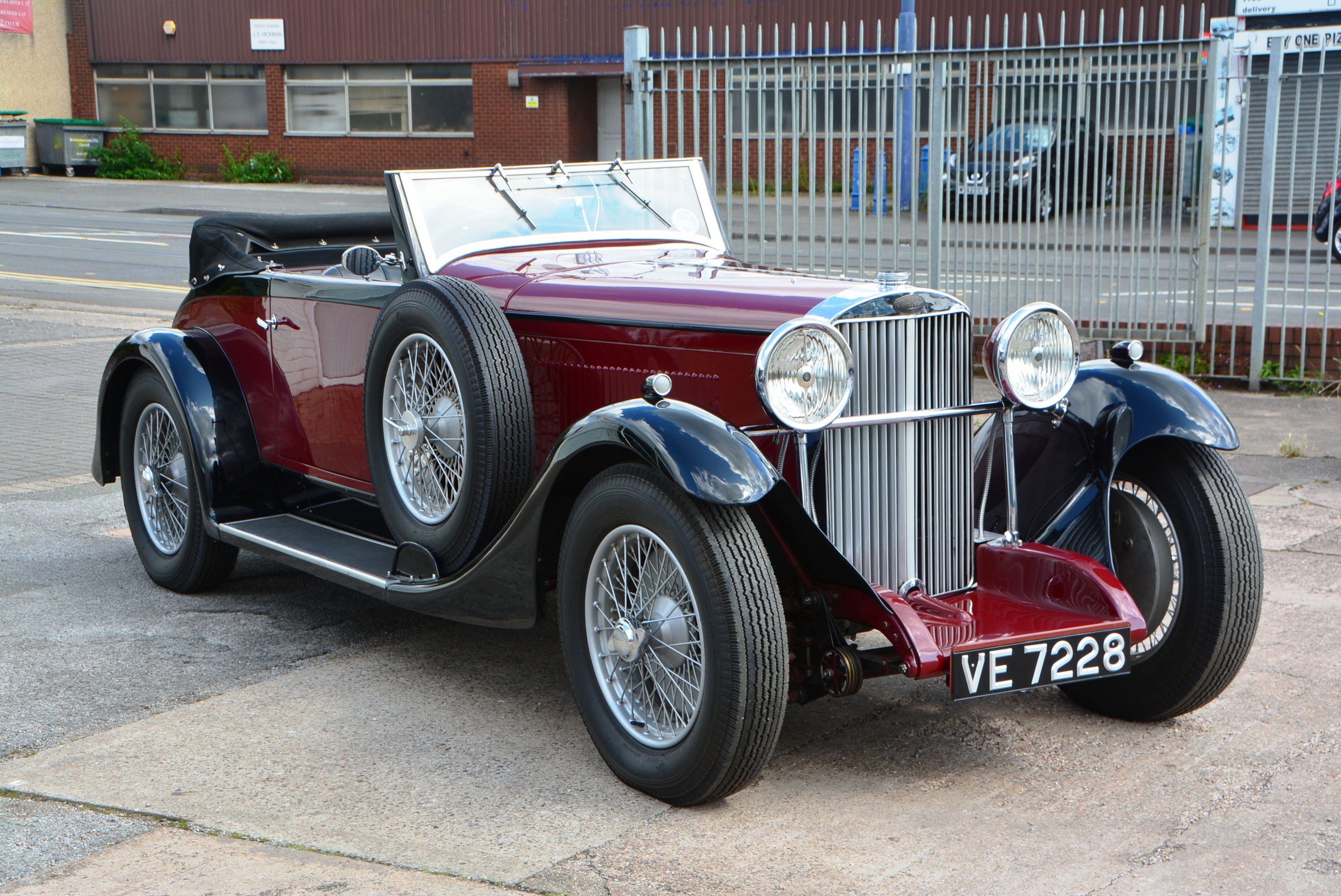
Click Here for Full Screen Image - Click Here to Download Image
 | 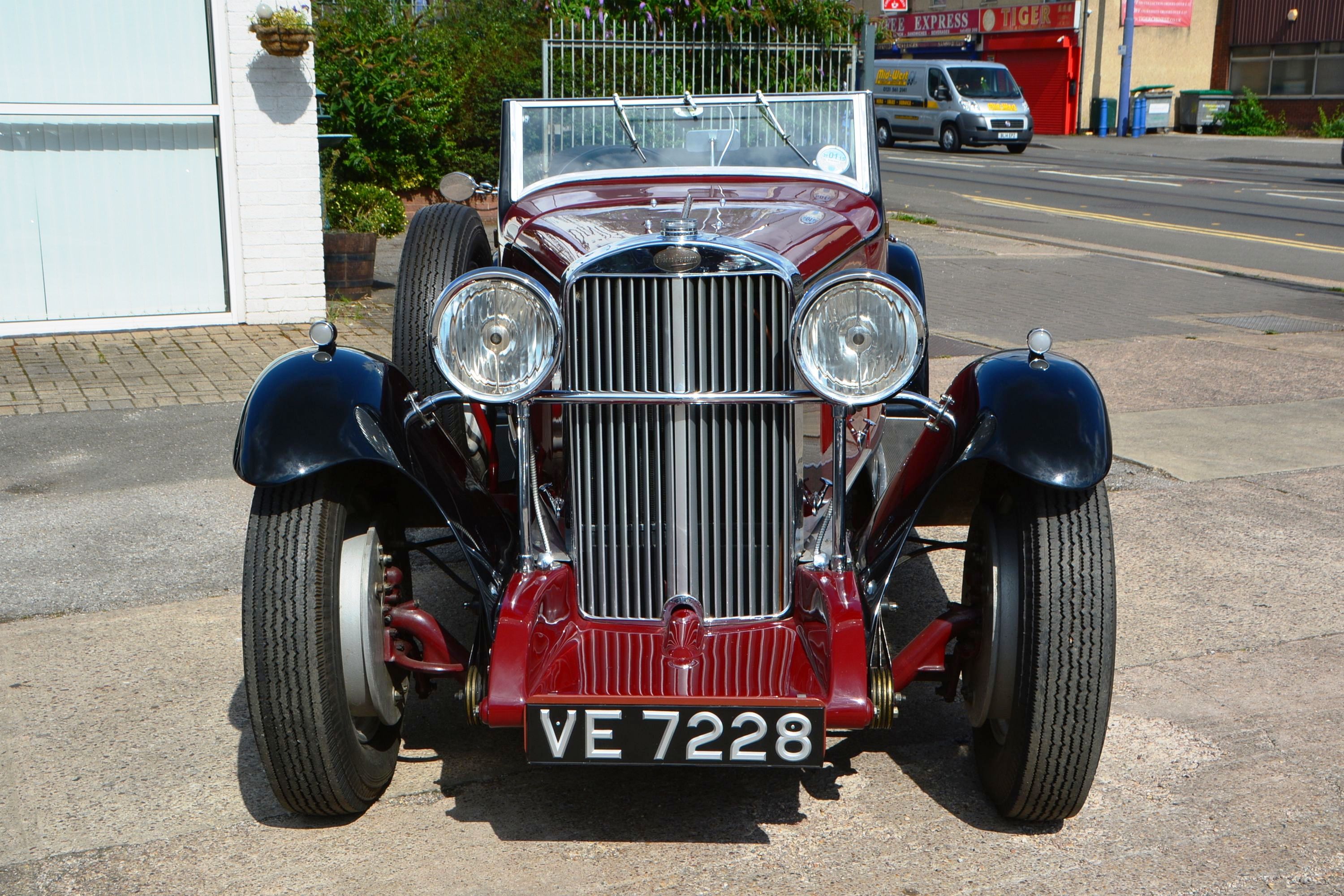 |  |  | 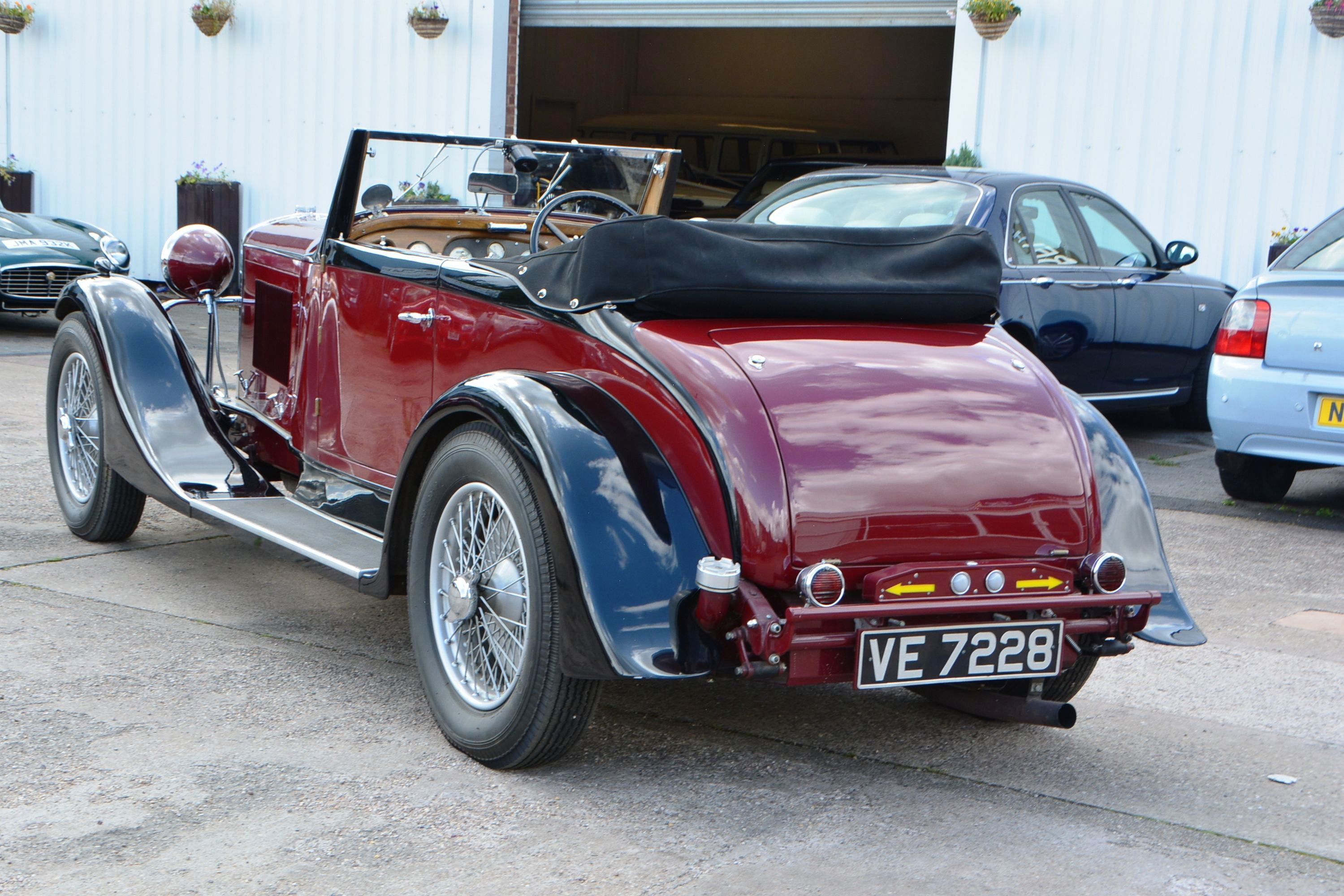 | |||||
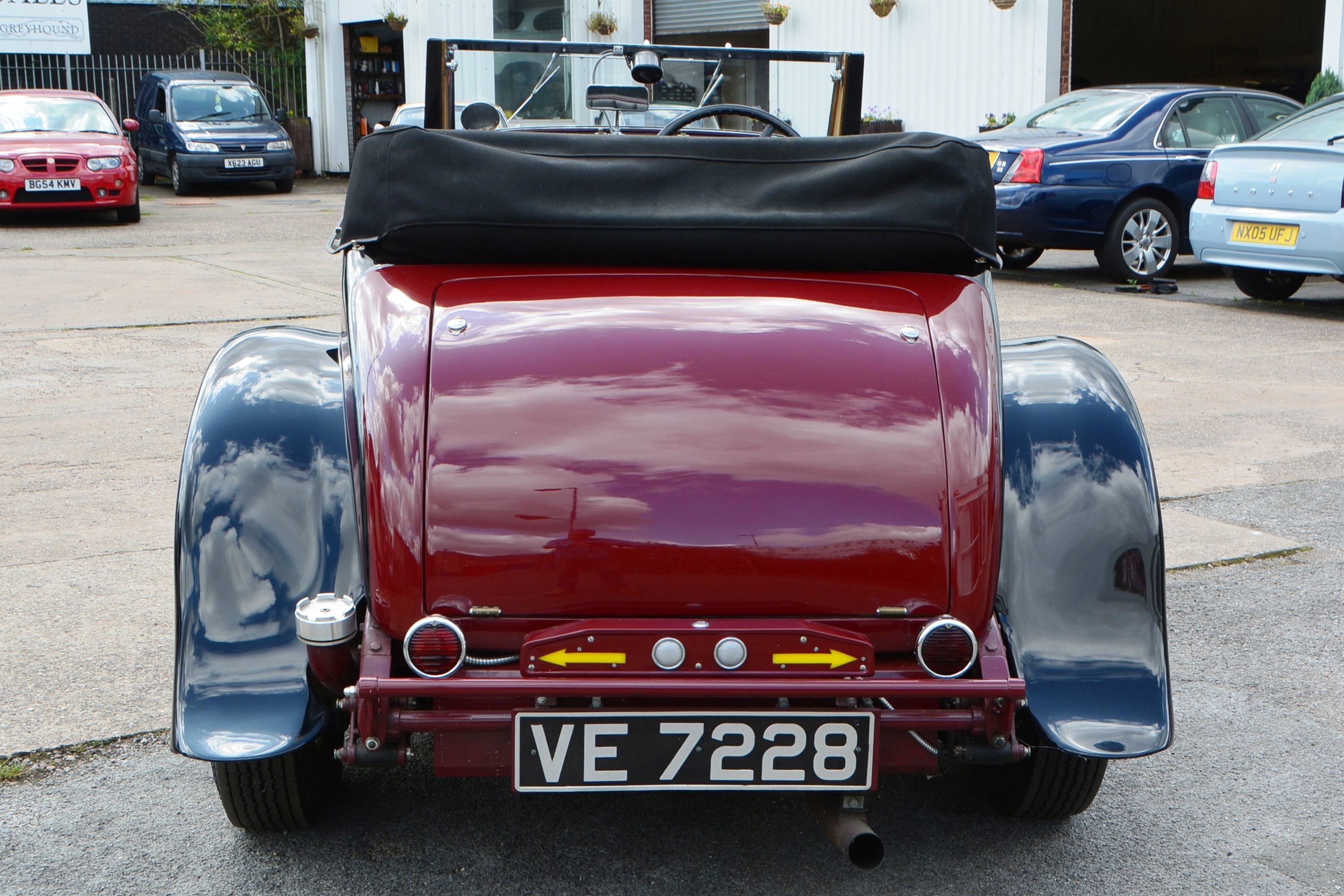 |  |  | 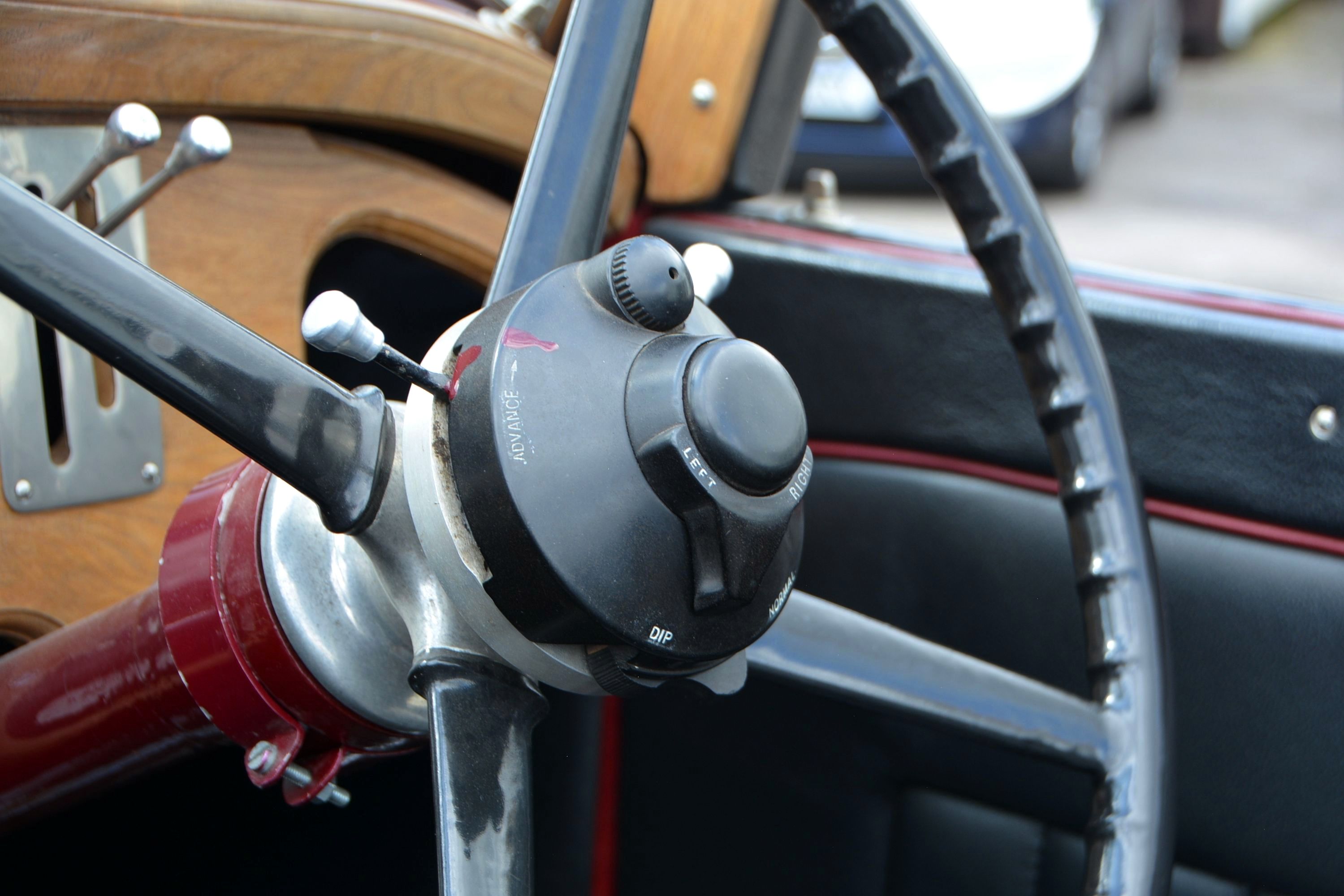 | 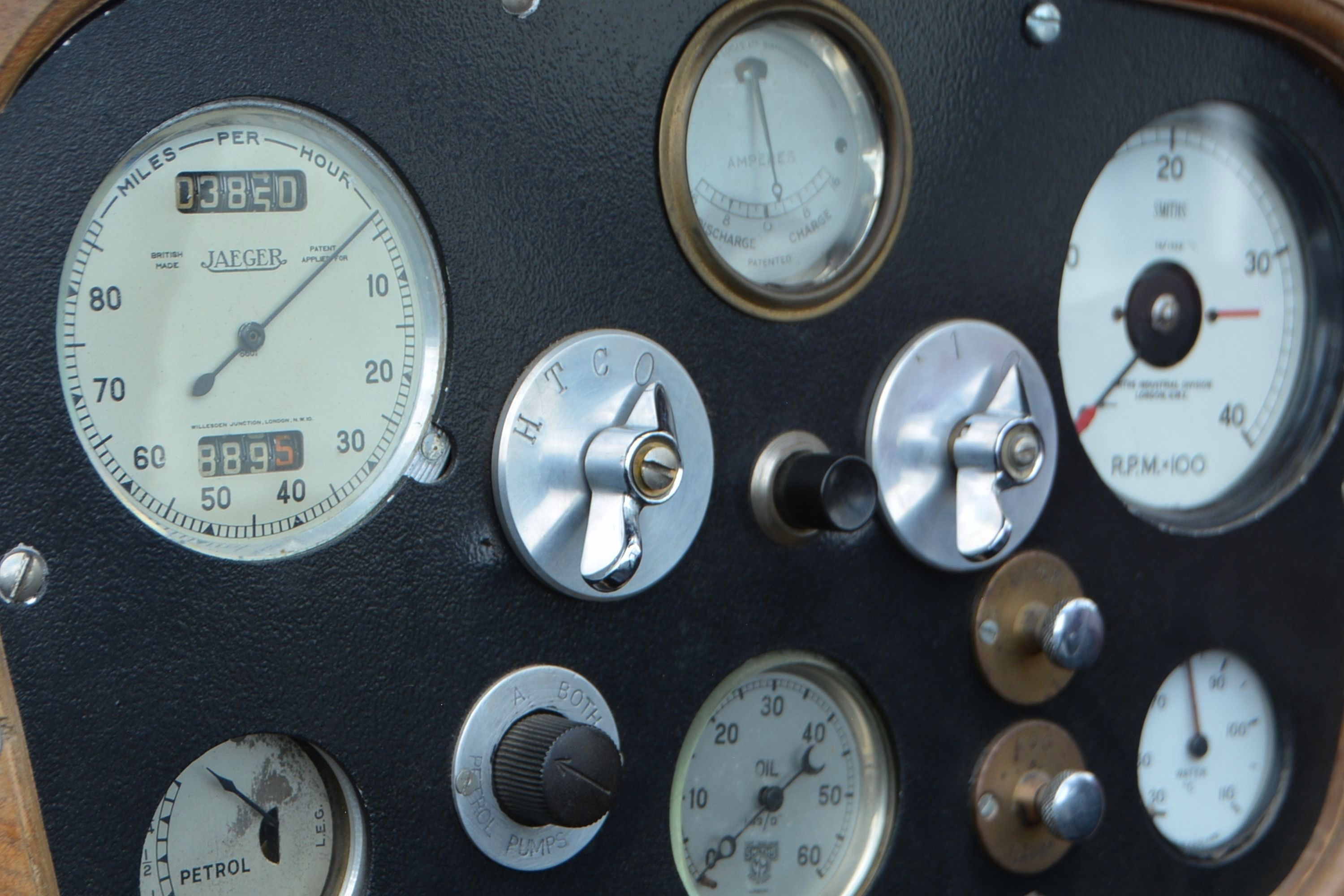 | |||||
 | 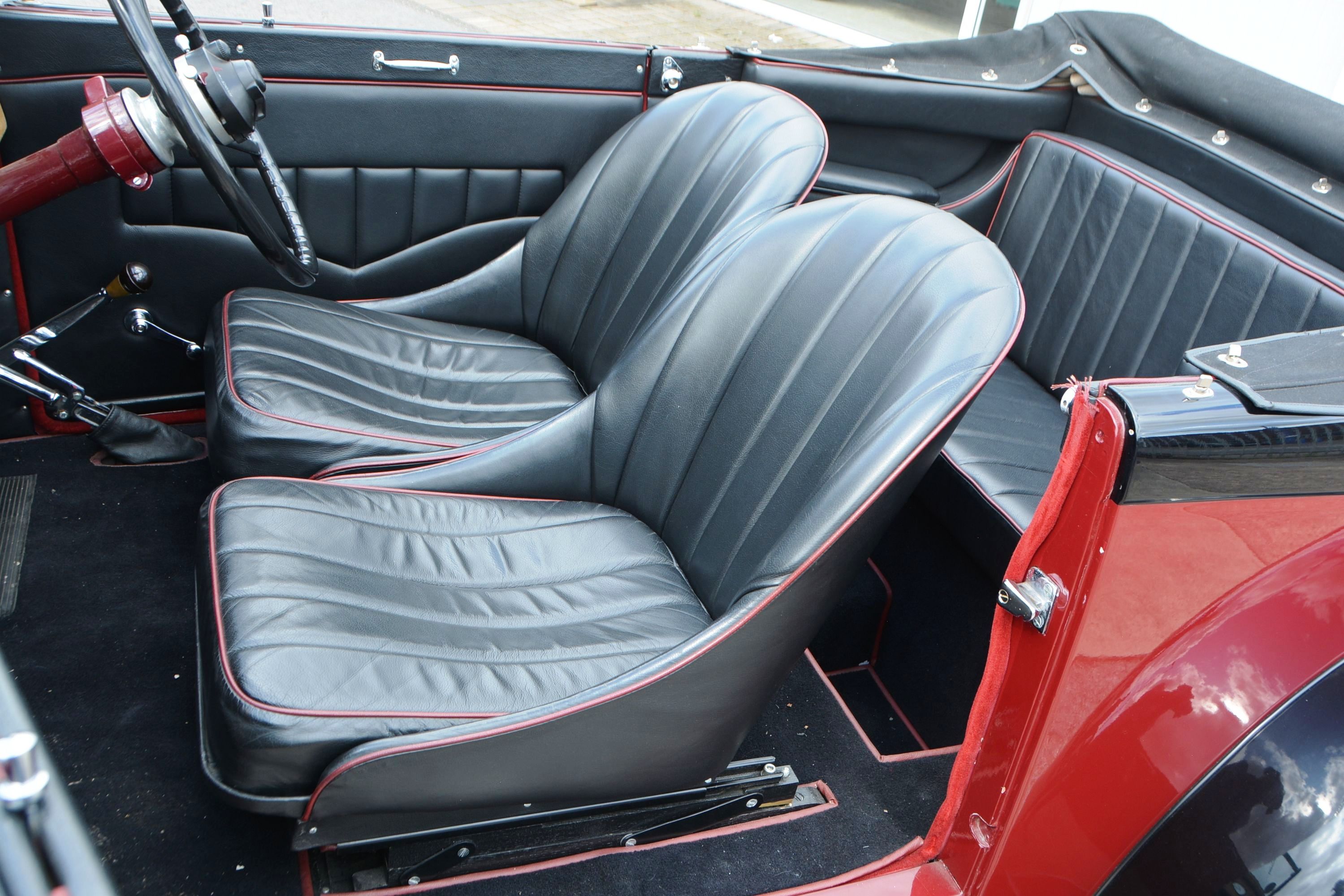 |  | 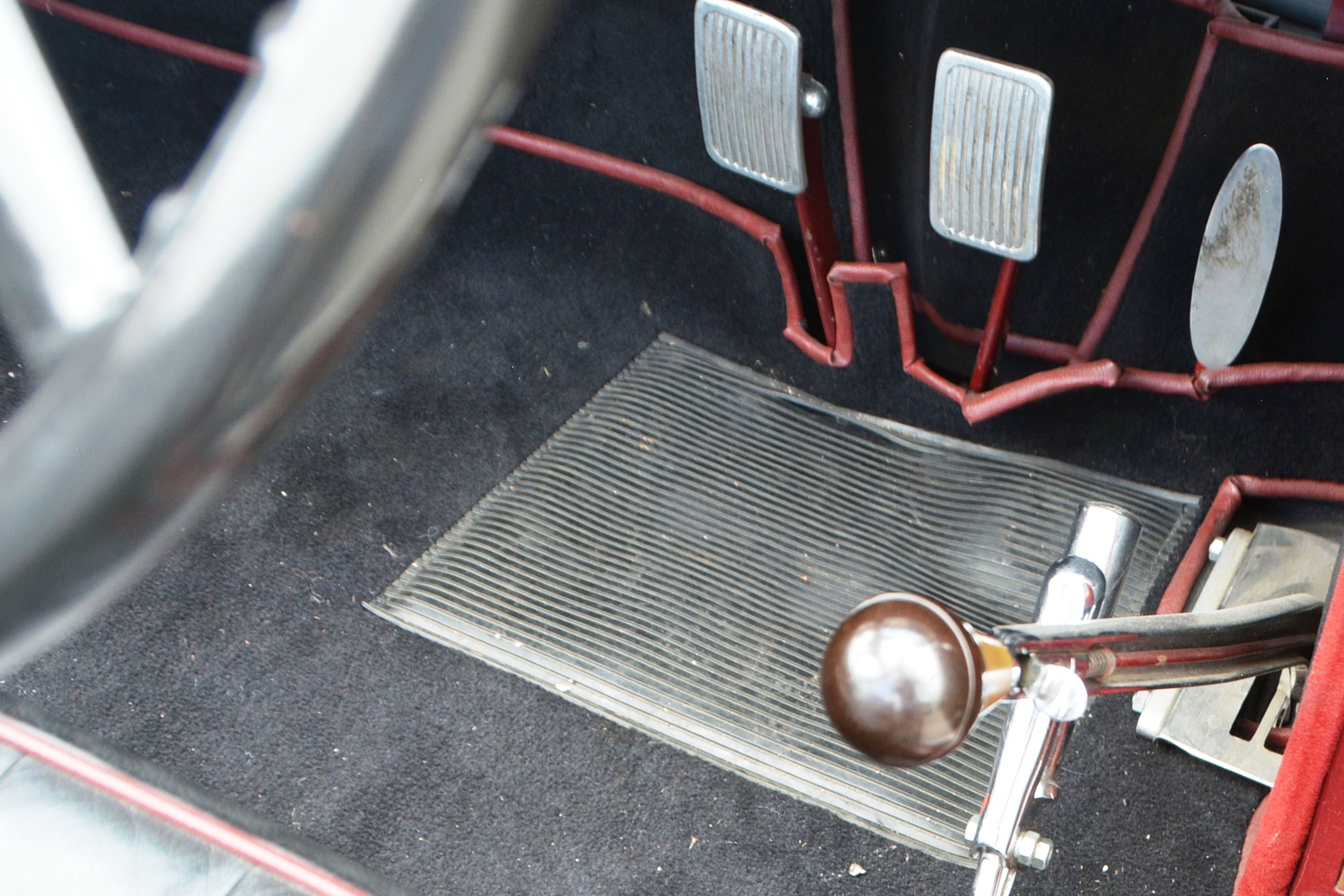 |  | |||||
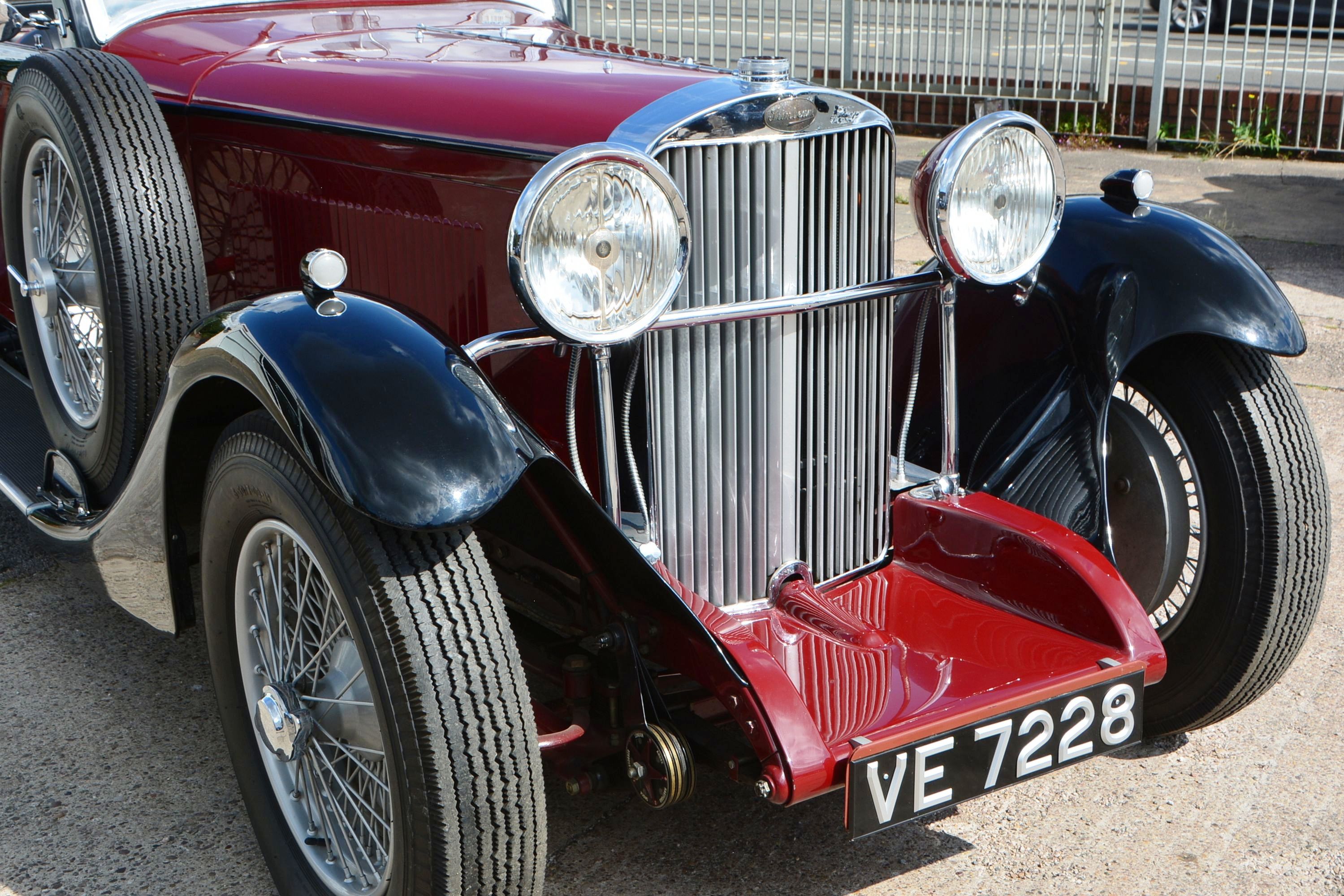 | 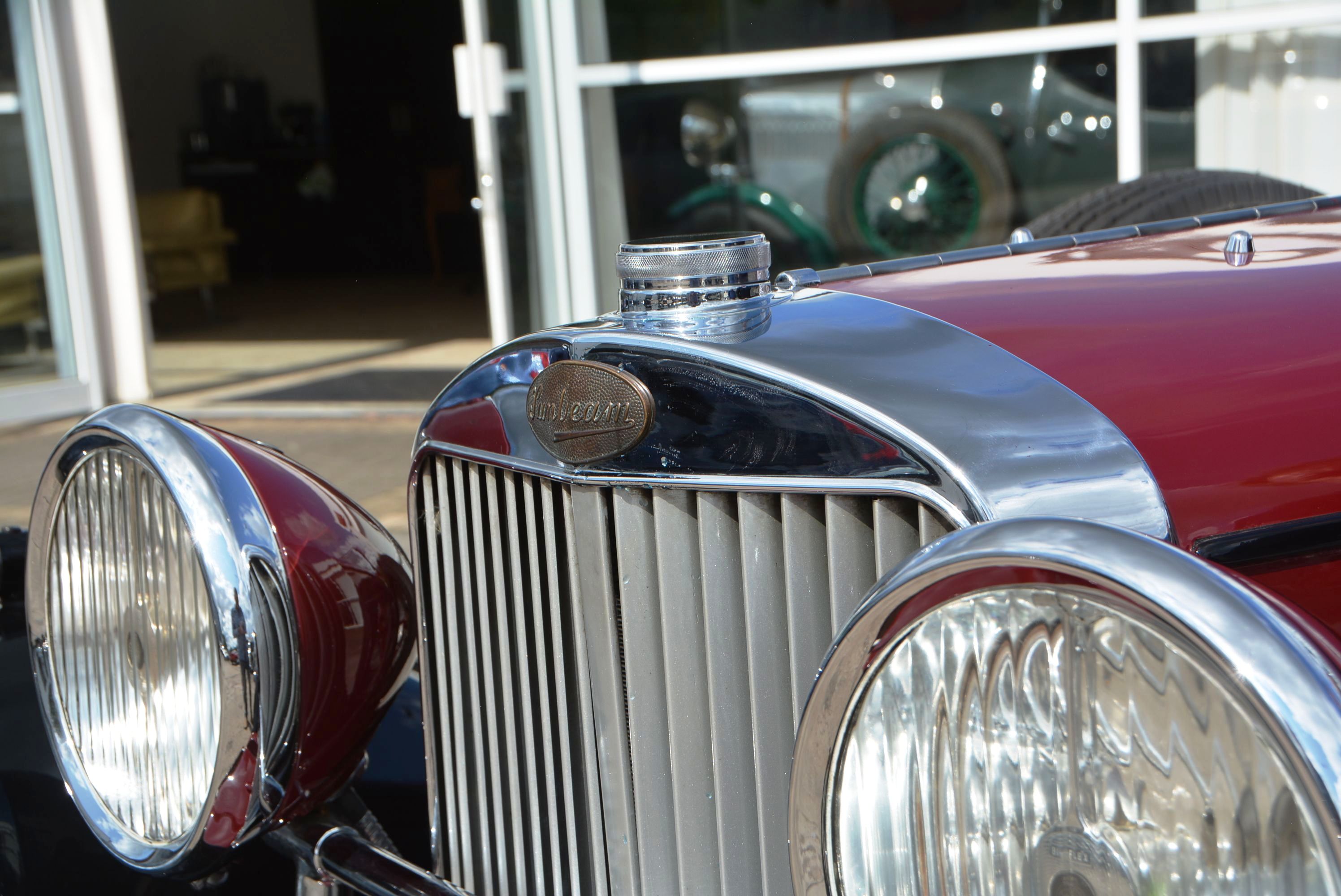 |  |  |  | |||||
 | 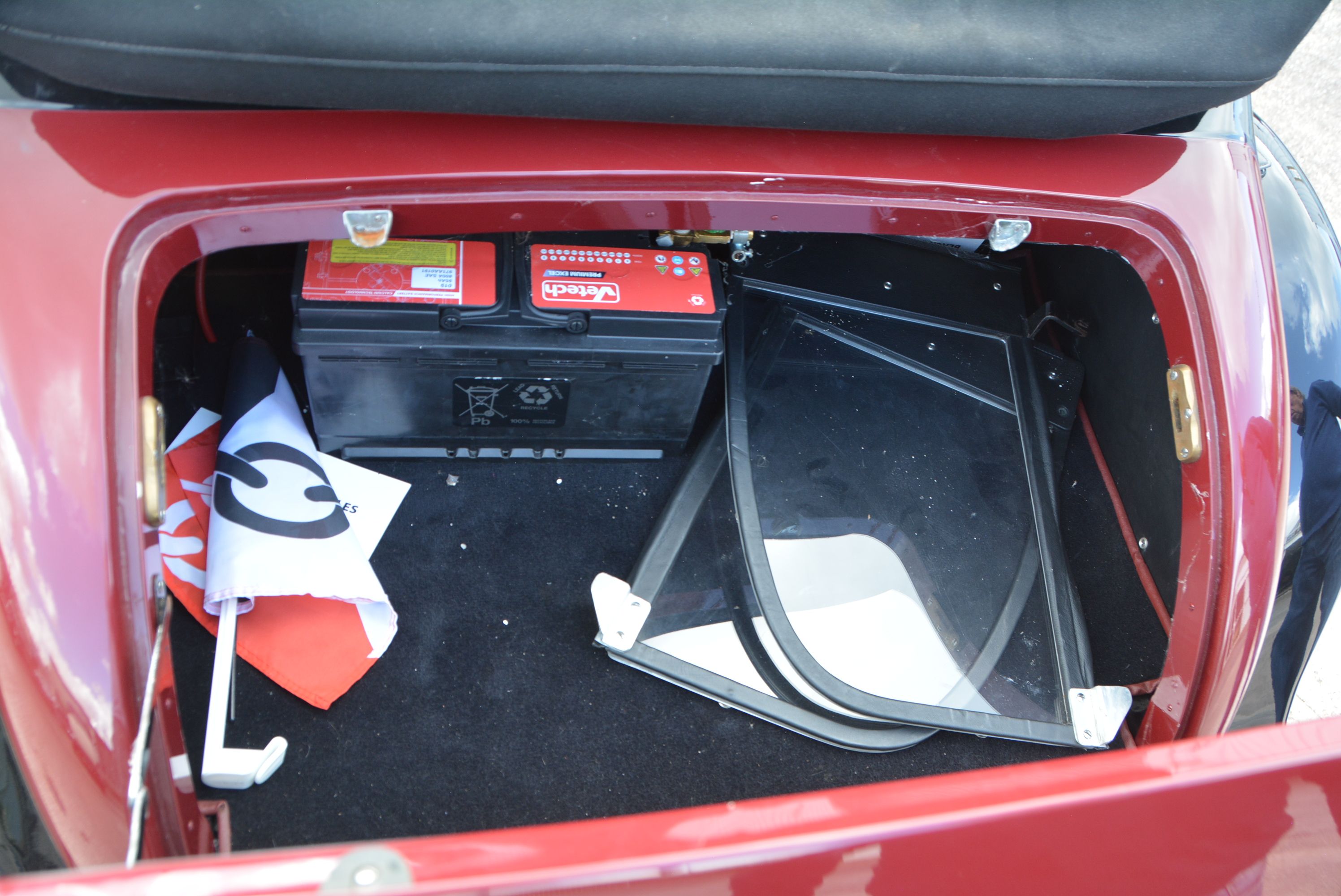 | 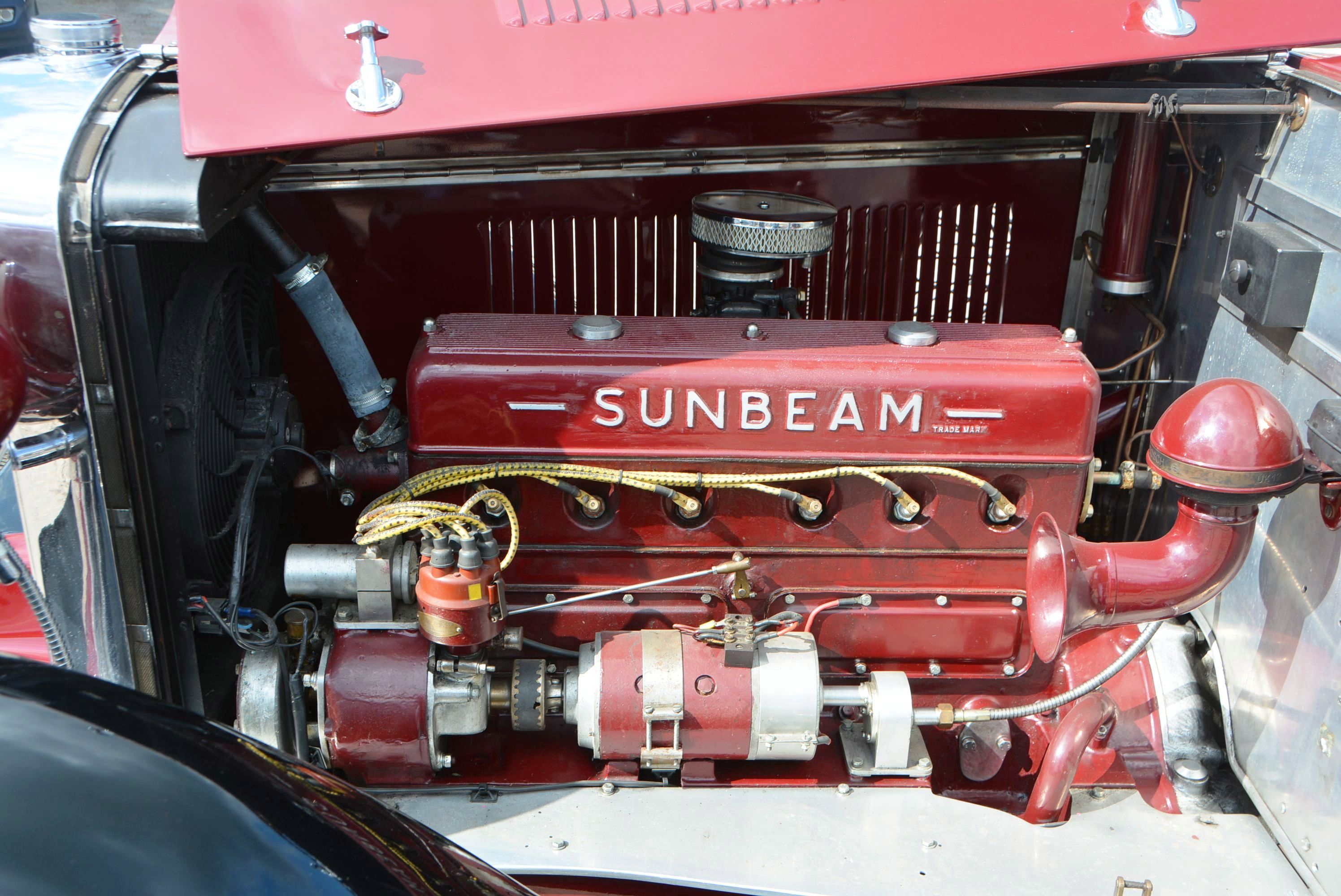 | 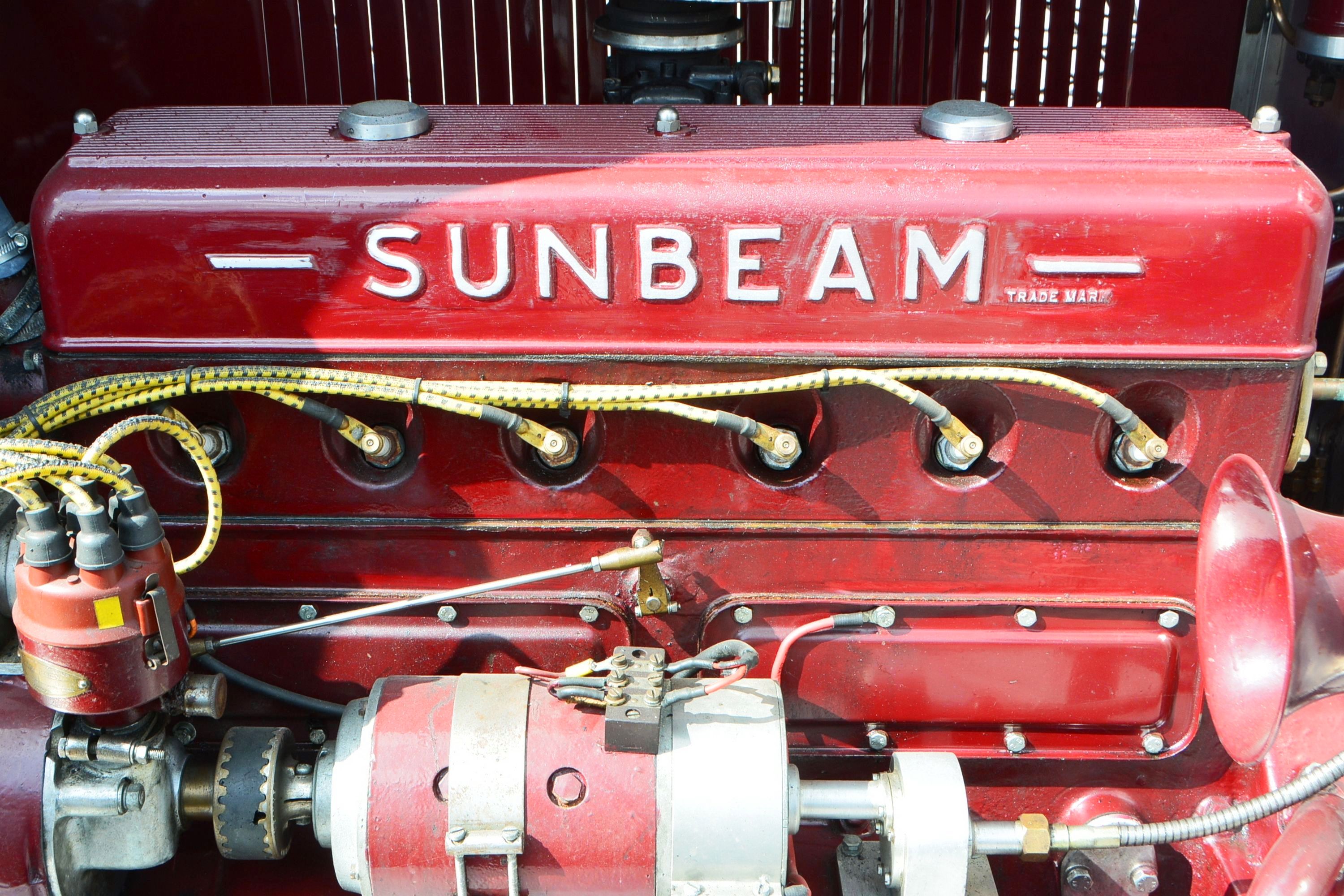 | 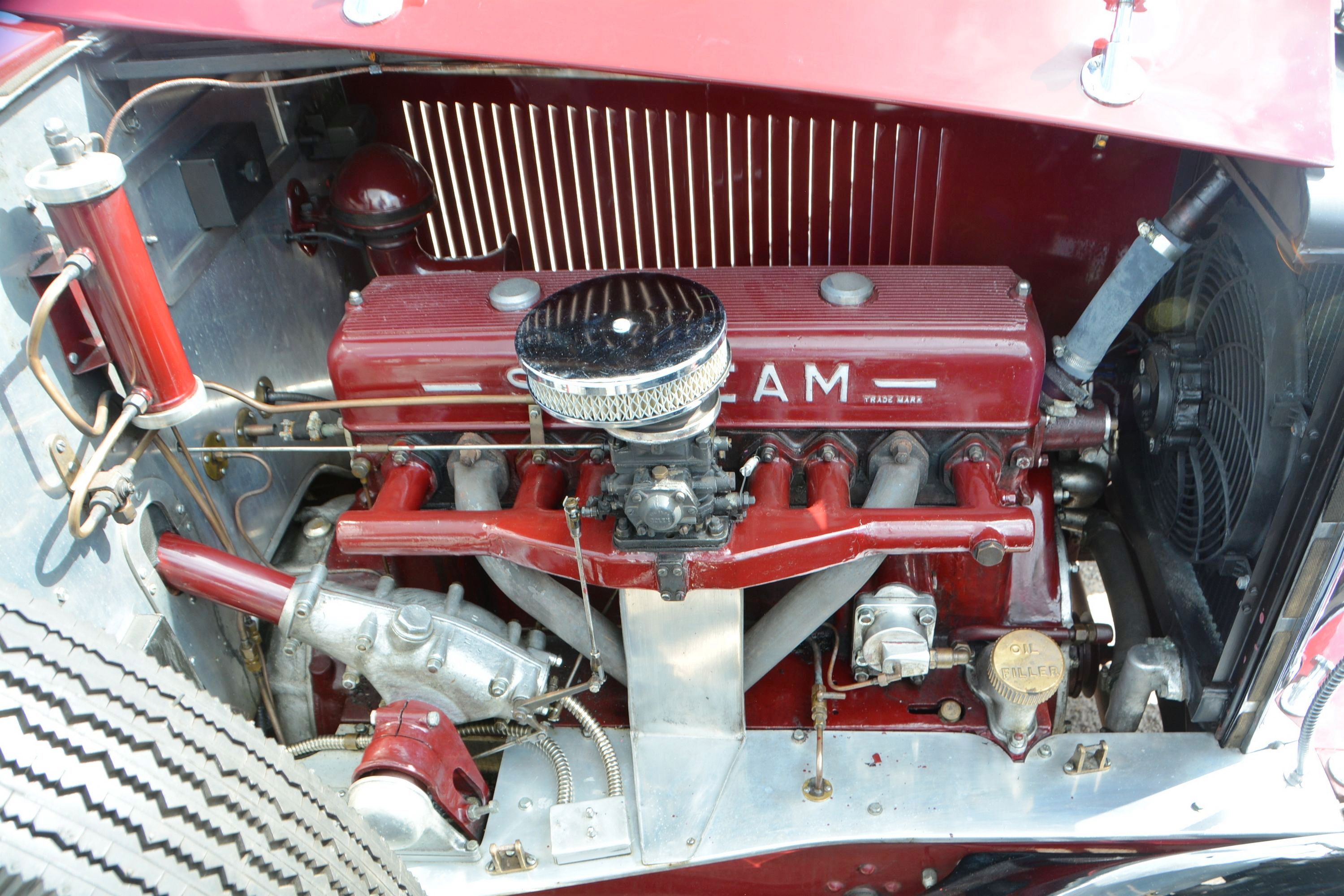 | |||||
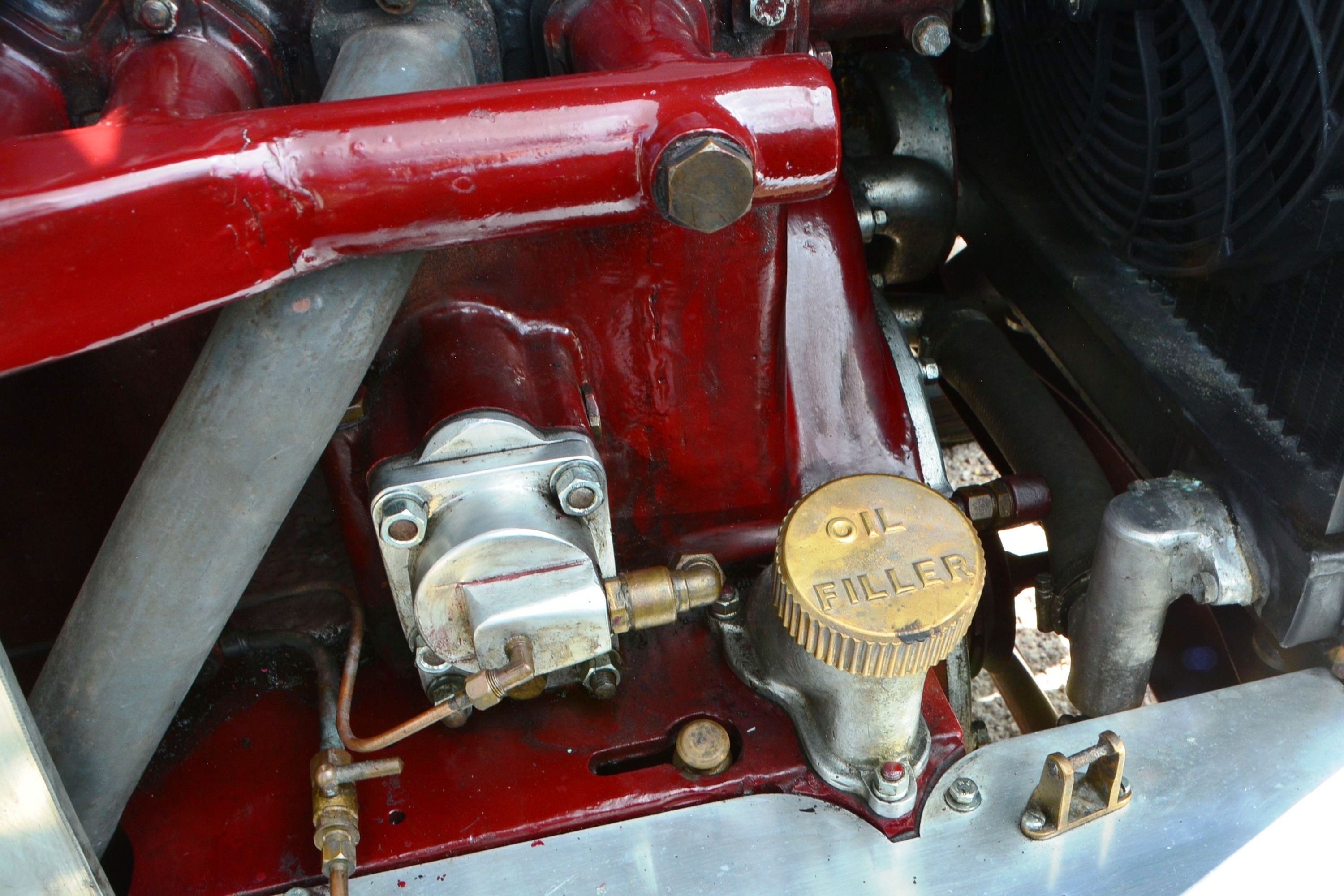 |  | 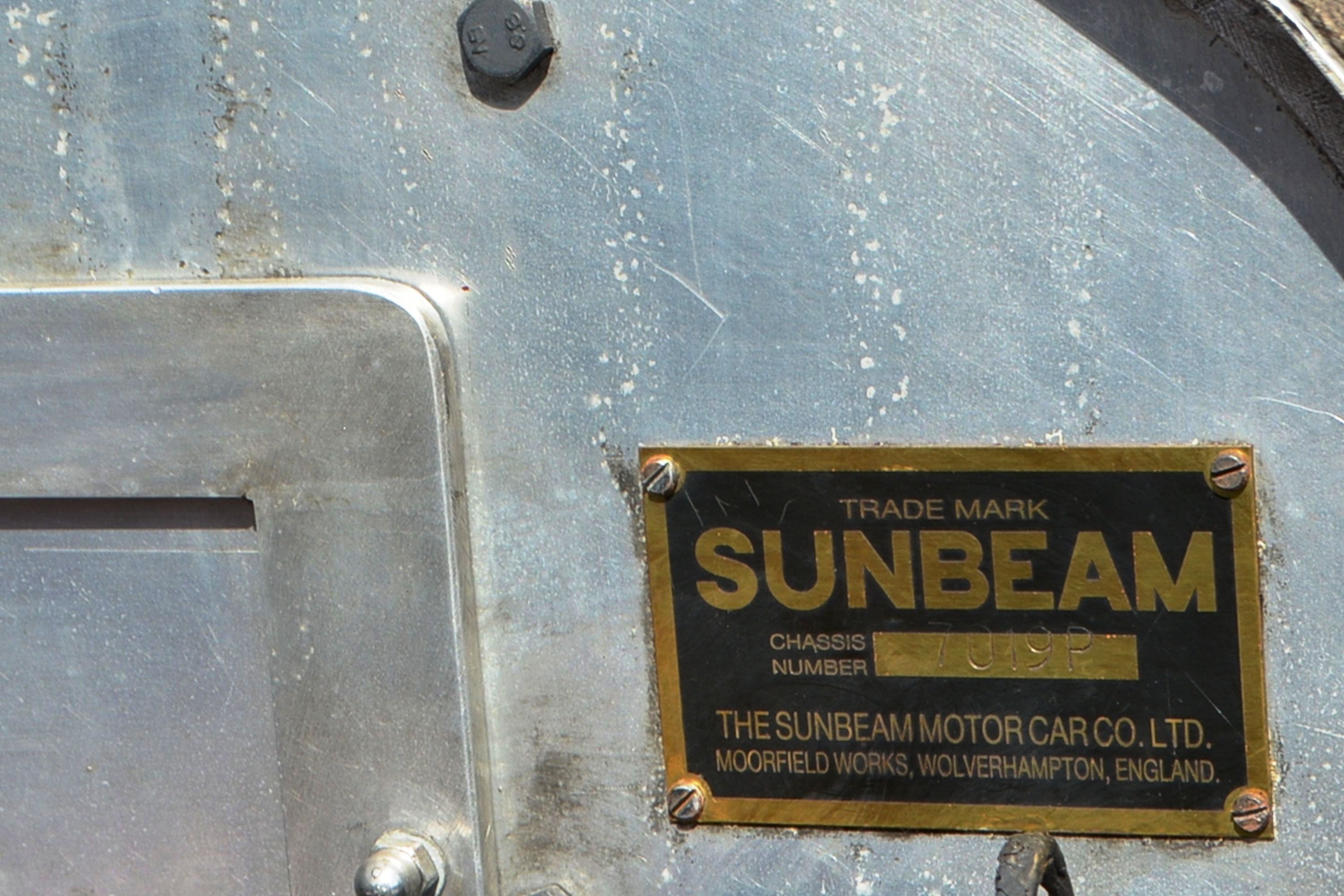 | 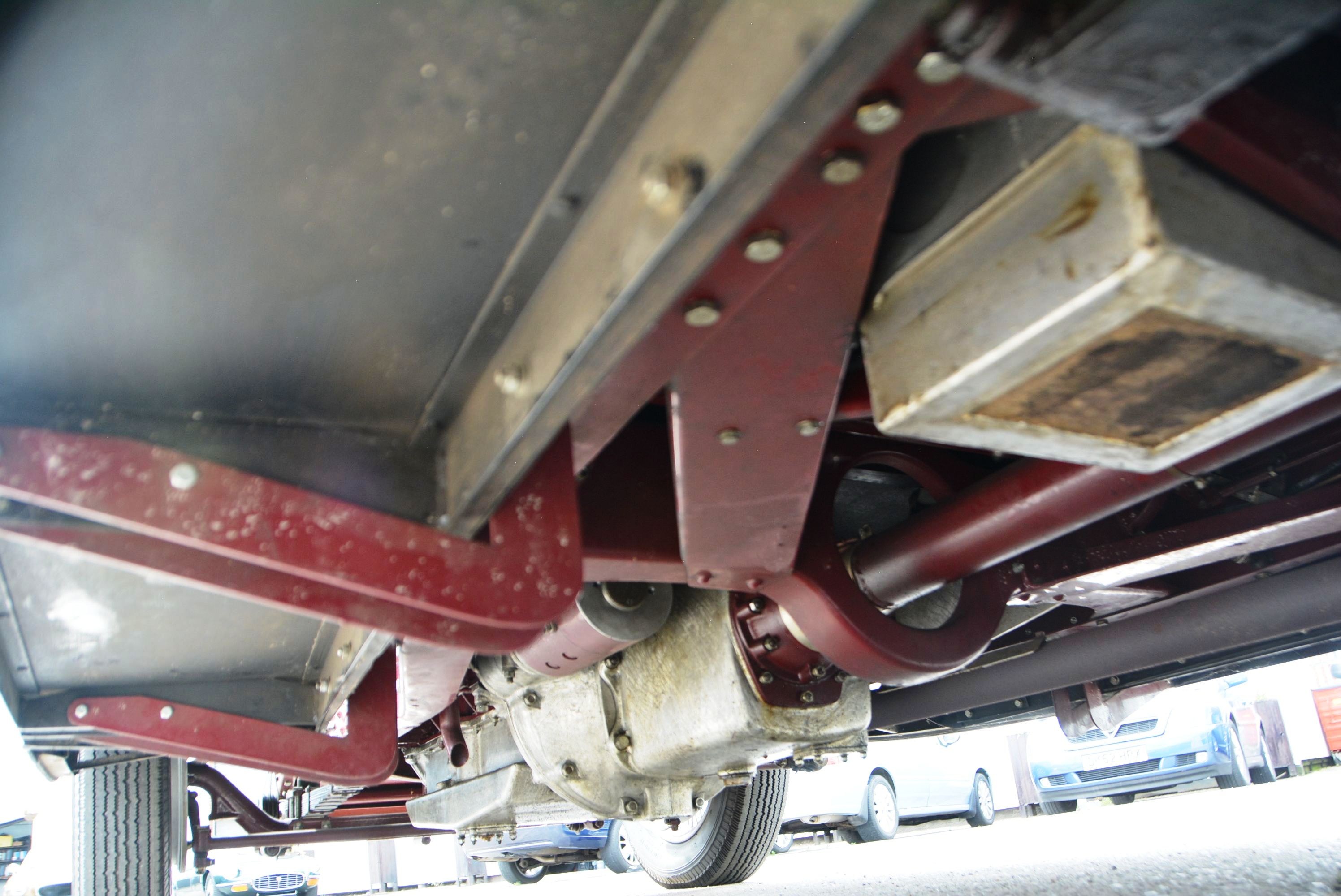 |  | |||||
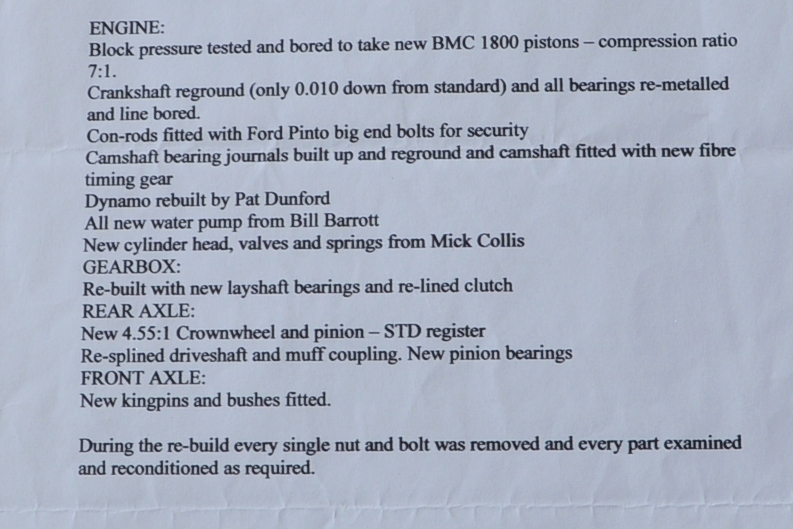 |
| Lot number | 60 |
|---|---|
| Hammer value | N/S (est. £60,000 - £70,000) |
| Description | Sunbeam 20 Drophead Coupe |
| Registration | VE 7228 |
| Year | 1932 |
| Colour | Maroon/Black |
| Engine size | 3,317 cc |
| Chassis No. | 7019P |
| Engine No. | 7010N |
| Documents | V5C; green logbook; 7 old MOTs; restoration documents; detailed usage log etc |
The Sunbeam marque was a force to be reckoned with in the 1920s, manufacturing a range of superb quality cars appealing to the discerning motorist with the funds to afford one.
Clutton and Stanford wrote in their excellent book The Vintage Motor Car: "The Sunbeams of the Vintage period and early Thirties occupy a unique position. They combined smoothness with reasonably high performance and good handling. Mechanically, they showed considerable Continental influence, especially in the clean external design of the engines. In appearance they combined dignity and dash with remarkable success. To drive them is a delight, in a peculiar way, not unlike the small contemporary Rolls-Royce."
The continental influence to which they refer came from the genius of Louis Coatalen, Sunbeam’s brilliant chief engineer. Spearheading Sunbeam’s aero engine development during WW1, Coatalen used his experience to develop Sunbeam’s racing and Land Speed Record machines in the early Twenties. By this time the company had joined forces with Talbot and Darracq, Coatalen heavily influencing all of the offerings from the STD concern.
Perhaps his best-known design was the gorgeous 3-Litre Twin-Cam which showed how the company could use their enormous racing experience in a production model, however their range of 14hp, 16hp, 20hp and 25hp chassis all exhibited the same attention to detail and engineering integrity.
The 20hp was initially fitted with a super-smooth and powerful 2,912cc six-cylinder push-rod ohv engine that had a four-bearing crankshaft and used the same bore and stroke as the Twin-Cam. Both models shared many chassis components, including the delightful and easily mastered four-speed crash gearbox. They were both initially sold with rather old fashioned cantilever rear springing, a feature which was to tarnish the sporting credentials of the Twin-Cam, but was changed to conventional semi-elliptic springs on the 20hp from 1930.
For 1931 the engine was re-designed by Hugh Rose (formerly of Riley and Lea Francis) with a swept volume of 3,317cc and developing 74bhp at 3,250rpm with a fiscal tax rating of 23.6hp. A very strong and compact seven-main-bearing unit capable of considerable development, it is widely considered the best engine Sunbeam ever produced. For 1932 the chassis was also made stronger and stiffer and gained Lockheed hydraulic brakes in place of the earlier mechanical brakes with Dewandre vacuum servo. Only 262 cars were made with this chassis, numbered 7001P to 7283P.
The car you see here, chassis number 7019P, was first registered in Cambridgeshire in April 1932. Little is known of its early history but a green logbook from what looks like 1959 (the date stamp is hard to read) confirms that it was then owned by a Clarence Kemp of Northamptonshire and that VE 7228 is the original number for the car.
About 20 years ago it seems that the car was acquired by a Mr JG Henderson of Consett who immediately set about a total nut-and-bolt rebuild which is documented in correspondence on file and included a rebuilt engine and gearbox. The restoration was completed in 2002 and the odometer re-set to zero. A detailed usage log over the next five years shows the mileage rising to 3,051 by September 2007, Henderson making numerous tweaks to the car along the way to refine the driving characteristics, reporting that it cruised easily at 70mph with good 40psi oil pressure when hot and noting that it was feeling freer and more powerful with every passing mile.
The car next appeared at the RM Sotheby's auction in Battersea Park, London, in October 2009 with an estimate of £65k - £85k where it appears that it was unsold but was very soon acquired by James 'Jimi' Heselden OBE. A former coal miner, Heselden made his fortune by inventing the Hesco gabion, a collapsible wire mesh container filled with gravel which proved invaluable for flood control and for military fortifications, being widely used in the wars in Afghanistan and Iraq.
Heselden famously bought Segway Inc. in 2010, maker of the Segway gyrobike, but later that same year he was tragically killed when he lost control of his Segway while trying to avoid a dog walker and fell off a cliff in Yorkshire. Our vendor acquired the Sunbeam from Heselden’s estate in 2011 to join his fine collection of Vintage cars and it has spent the last eight years proudly on display in the lobby of his Wolverhampton powder coating factory.
In jaw-dropping condition throughout, VE 7228 has still only covered 3,850 miles since the restoration was completed 17 years ago. It has a particularly fine hood which has a glass rear window and detachable glass side windows. Believed to be the sole surviving Drophead Coupe of its type, it must also be one of the finest pre-war Sunbeams in existence. Old cars of this quality don’t come along very often and we are delighted to offer such a wonderful example in our sale today.